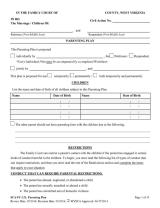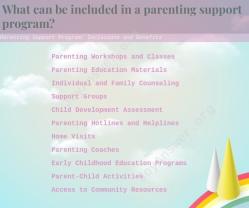What is the feeding pattern of infants?
Infant feeding patterns can vary depending on the baby's age and developmental stage. Here's a general overview of the typical feeding patterns for infants:
Breastfeeding or Formula Feeding (0-6 Months):
- Infants are typically fed breast milk or infant formula.
- Newborns often feed every 2-3 hours, including nighttime feedings.
- As they grow, the time between feedings may gradually extend.
- Babies will signal when they are hungry by crying or showing signs of rooting (turning their head toward the breast or bottle).
- It's important to feed on demand, as infants have different hunger cues.
Introduction of Solid Foods (Around 6 Months):
- Around 6 months of age, infants are typically ready to start solid foods in addition to breast milk or formula.
- This is usually initiated with iron-fortified infant cereals and pureed fruits or vegetables.
- Initially, solid foods are introduced one at a time to watch for any allergic reactions or sensitivities.
Establishing Mealtime Routines (6-12 Months):
- Infants gradually transition to a more structured feeding schedule.
- They may have three meals a day with snacks in between.
- Offer a variety of foods to encourage healthy eating habits.
Transition to Whole Foods (12 Months and Beyond):
- As infants approach their first birthday, they can start eating more of the same foods as the rest of the family.
- Continue to provide a balanced diet with a variety of nutrients.
Weaning (Varies by Family):
- Weaning from breast milk or formula typically occurs at different ages for different families.
- Some infants continue breastfeeding beyond the first year, while others transition to cow's milk or alternative milk options.
It's important to note that every baby is unique, and feeding patterns can vary widely. Parents and caregivers should consult with pediatricians or healthcare professionals for guidance on their specific infant's feeding needs and any concerns they may have. Additionally, following recommended guidelines for safe infant feeding practices is crucial to ensure the baby's health and well-being.












